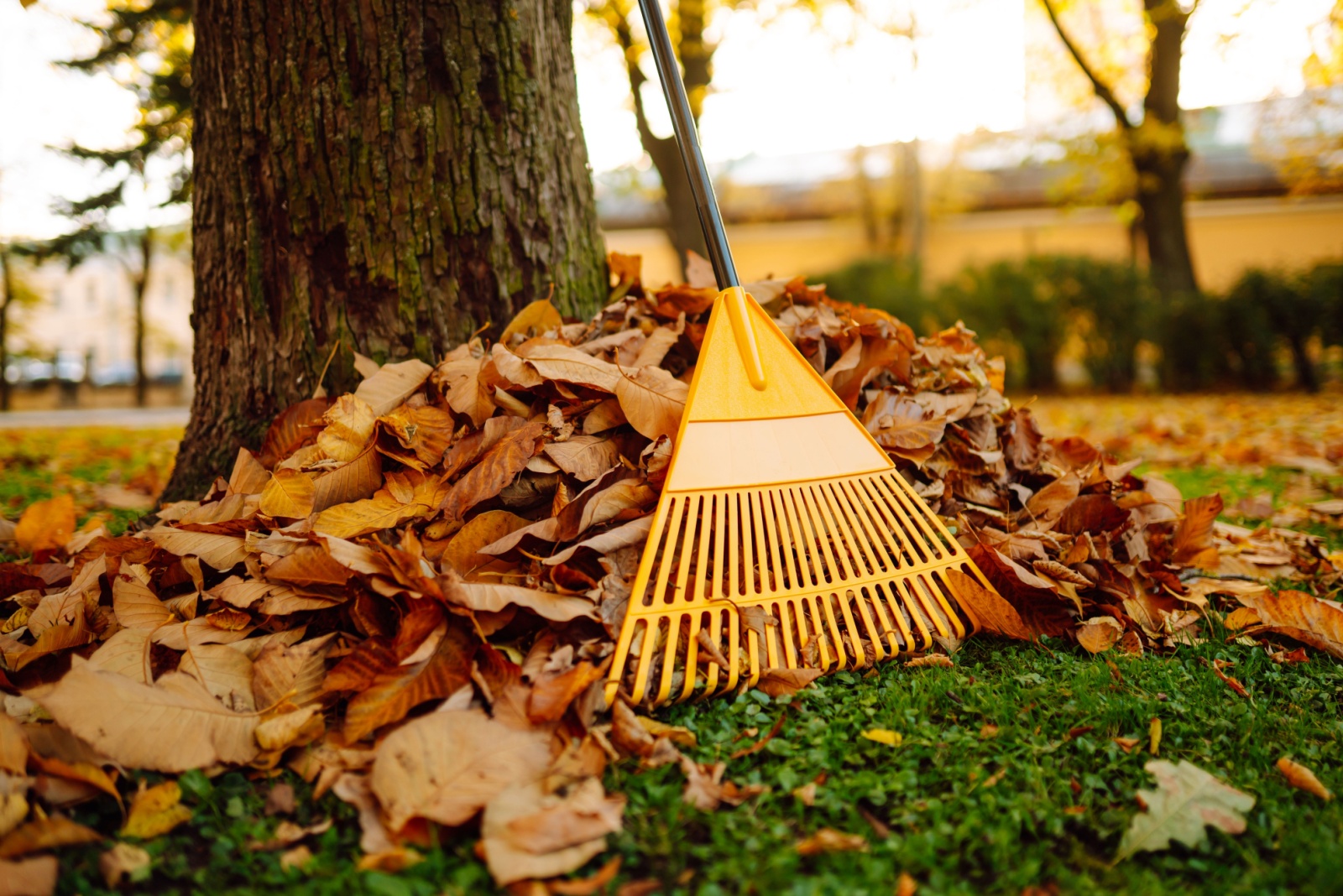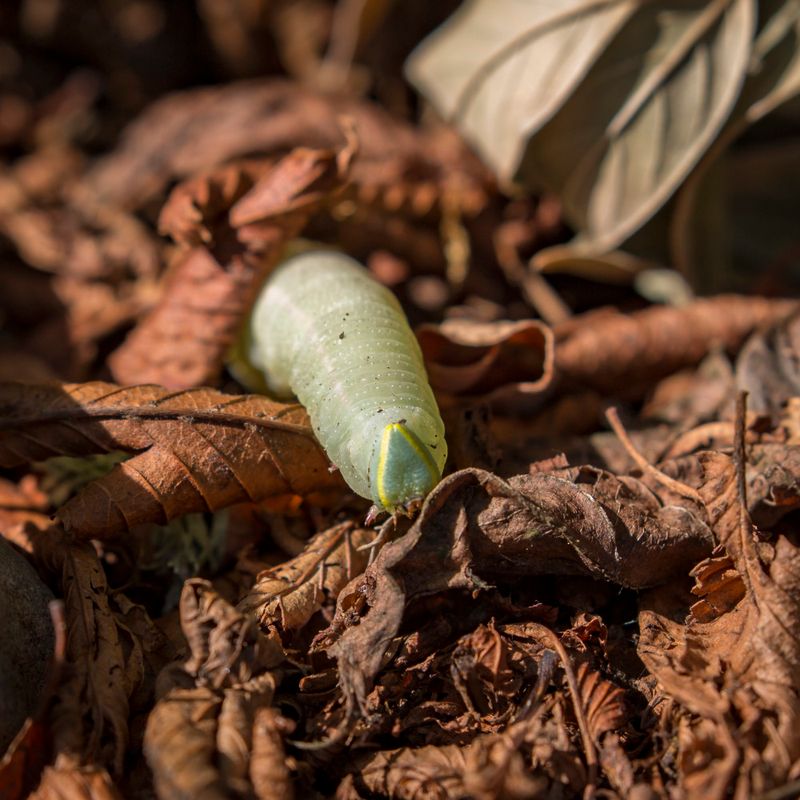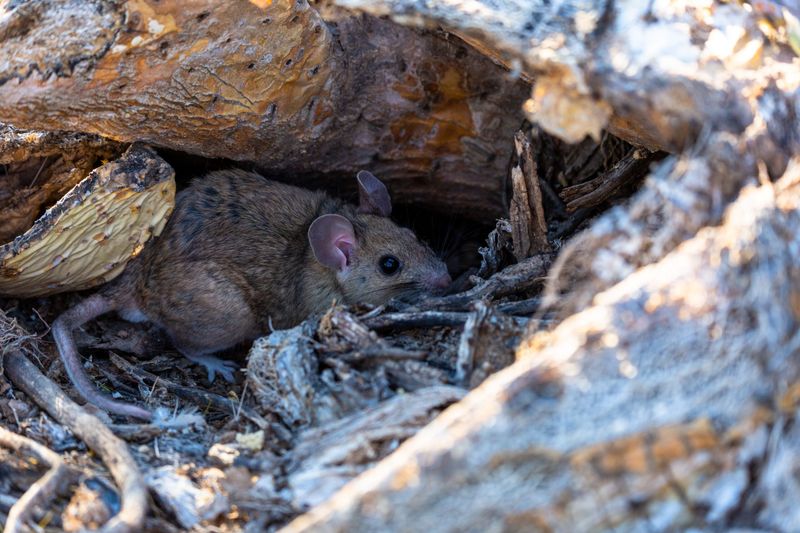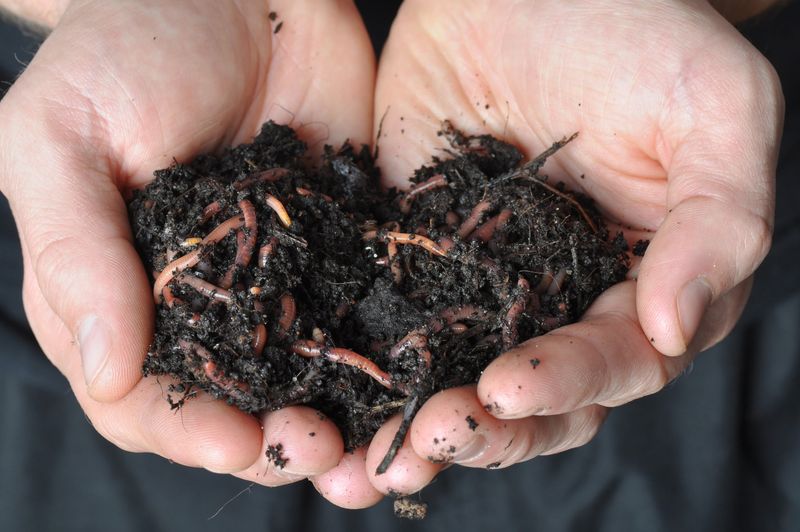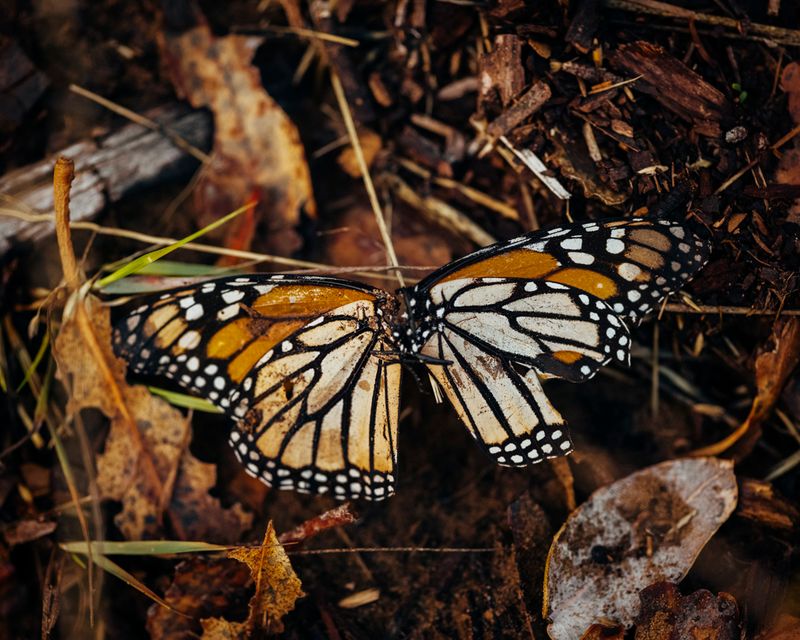Oregon’s changing seasons bring a beautiful layer of leaves to our yards each fall. Many gardeners rush to rake up every last leaf, thinking a tidy yard is best. But those fallen leaves actually help support the incredible wildlife that makes our state special.
In my own Oregon backyard, I started leaving more leaves in late autumn and noticed more birds scratching around for insects. The natural leaf layer creates a mini-ecosystem right outside your door that helps creatures survive our wet winters and dry summers.
Instead of bagging up all those leaves, consider leaving some in strategic spots. You’ll not only save yourself work but also provide vital habitat for the birds, insects, and small mammals that call Oregon home.
1. Insect Homes Beneath The Leaves
Fallen leaves create perfect shelters for beneficial insects throughout Oregon’s cold, wet winters. Ladybugs, ground beetles, and native bees all rely on leaf litter to survive until spring.
Many butterfly species, like the Oregon swallowtail, overwinter as chrysalides among fallen leaves. When you remove all the leaves, you might be throwing away next year’s pollinators!
Maintaining a few inches of leaves in garden beds provides a cozy microhabitat. The leaves slowly break down, feeding the soil while protecting the tiny creatures that help keep garden pests in check.
2. Bird Buffets All Winter Long
Robins, juncos, and towhees scratch through leaf piles hunting for food during Oregon’s lean winter months. Each leaf layer hosts a mini-ecosystem of insects and small invertebrates that birds rely on.
I watched a spotted towhee family spend hours foraging in the untouched leaves under my rhododendrons last January. Their distinctive scratching revealed countless tiny meals hidden beneath.
Native birds struggle to find enough protein during cold snaps. By leaving leaf zones in your yard, you’re essentially setting up a natural bird feeding station that requires zero maintenance or expense.
3. Natural Mulch For Native Plants
Oregon’s native plants evolved with annual leaf fall as part of their growth cycle. Sword ferns, trilliums, and salal thrive when protected by a natural mulch of decomposing leaves.
The leaf layer acts as insulation against both winter cold and summer heat. During western Oregon’s rainy season, leaves prevent soil erosion while slowly releasing nutrients.
Fallen leaves break down to create rich humus that mimics the forest floor. This natural process builds soil health without chemical fertilizers, supporting the native plant communities that wildlife depends on.
4. Small Mammal Sanctuaries
Leaf piles offer crucial protection for Oregon’s smallest mammals. Shrews, voles, and field mice use leaf litter to hide from predators and build winter nests.
These little creatures may seem insignificant, but they’re vital links in the food chain. Owls, hawks, and foxes all depend on healthy populations of small mammals to survive.
A corner of your yard with undisturbed leaves becomes a refuge during harsh weather. Even chipmunks and ground squirrels benefit from these microhabitats, which provide both shelter and foraging opportunities throughout the year.
5. Soil Health Improvement System
Leaf breakdown feeds countless soil organisms that improve your garden’s health. Earthworms pull leaf fragments underground, creating channels that help Oregon’s heavy winter rains penetrate rather than run off.
Fungi networks develop in leaf-rich soil, connecting plants and transferring nutrients. These invisible relationships strengthen entire ecosystems, making plants more drought-resistant during our increasingly dry summers.
The natural decomposition cycle returns carbon to the soil instead of releasing it into the atmosphere. By keeping leaves on-site, you’re practicing climate-friendly gardening while creating wildlife habitat—a true win-win for Oregon’s environment.
6. Butterfly Nurseries That Last Through Winter
Many Oregon butterfly species tuck their chrysalises away in leaf litter when cold weather approaches. Luna moths, swallowtails, and mourning cloaks all depend on undisturbed leaves to shelter their developing young through the harsh winter months.
Without this natural protection, butterfly populations decline rapidly. Those pretty leaves create a perfect insulating layer that protects delicate chrysalises from freezing temperatures and predators.
The next time you see a beautiful Oregon butterfly fluttering through your garden in spring, remember – it might be there because you left those leaves alone! Creating designated “messy areas” along fences or under trees gives these magical creatures a fighting chance while still maintaining a tidy yard elsewhere.

